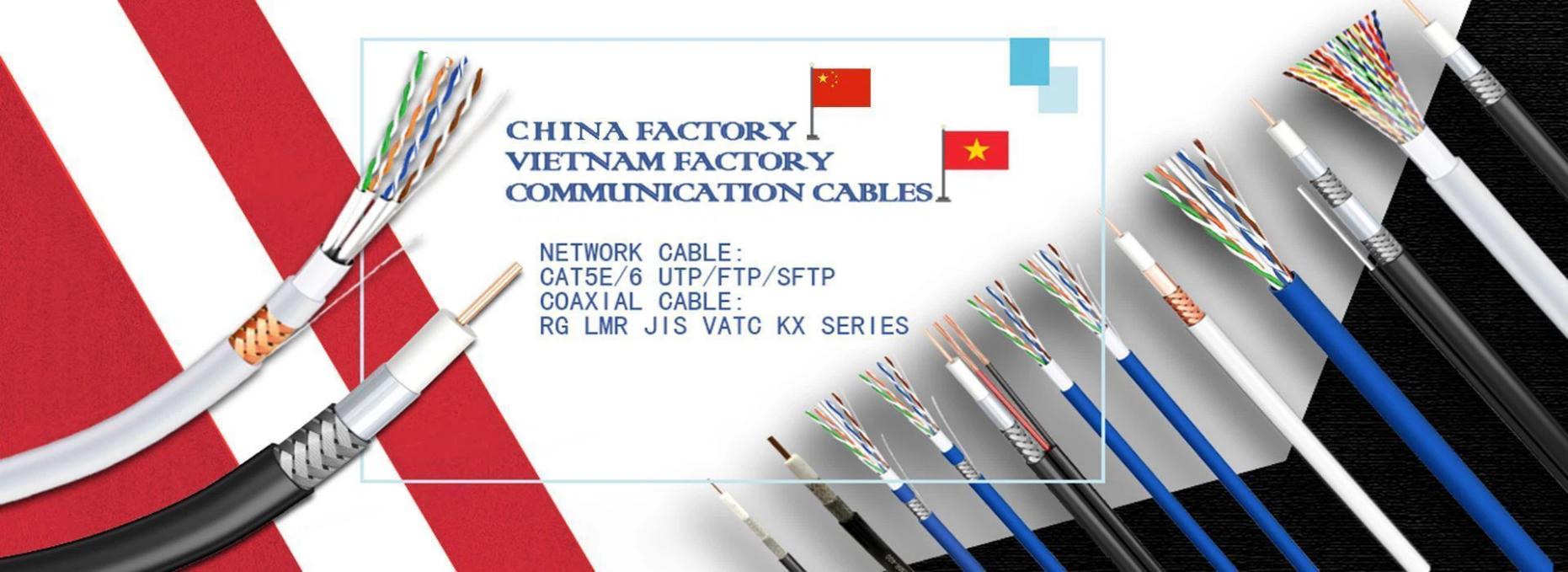What's the Difference of Cable Assembly and A Wire Harness
When sourcing electrical components for product development, you will often see the terms "cable assembly" and "wiring harness" used interchangeably.
People also mistakenly use the terms "cable" and "wire" as synonyms.
But in fact, these components are completely different. Of course, cable assemblies and wire harnesses are used in the electrical and communication fields to route power between different locations.
But that's where the similarities end.
Both cable assemblies and wire harnesses serve different purposes, which means that the success of your product depends on selecting the right product based on the application's specifications.
Here's a brief overview of the differences between cable assemblies and wire harnesses to help you make the right choice.
Cable: Two or more wires wrapped in a jacket. Most cables consist of a positive wire that carries the current, a neutral wire that completes the electrical loop, and a ground wire.
Like a wire harness, a cable assembly is a set of wires or cables that also have an outer covering. But the entire package is wrapped in an extremely durable sheath made of materials like shrink-wrapped thermoplastic, rubber, or vinyl. There are three main uses for cable assemblies:
Protects external stimuli such as environmental materials and even technicians from electrical current.
Make sure the electrical system is organized and easy for technicians to navigate.
Protects wires or cables from abrasion or other harsh environmental conditions.
Cable assemblies are custom engineered to address logistical challenges such as size constraints, extreme temperature exposure, fire, moisture, dust, friction, chemical exposure, flexibility, and more. Since cable assemblies are available in custom levels, cables can also be ordered in a variety of shapes, sizes and colors.
Wire: A single conductor (usually made of copper or aluminum). Wire resistance is low, low cost, and measured with a "gauge". The smaller the gauge, the thicker the wire. The thicker the wire, the higher the risk of damage from a blown fuse.
Open the harness and you'll find multiple wires, each with their own single-layer outer covering. This covering is usually made of thermoset or thermoplastic material and serves two main purposes:
Protects external stimuli such as environmental materials and even technicians from electrical current.
Make sure the electrical system is organized and easy for technicians to navigate.
The jacket material covering each wire does little to protect the wire itself, which is why this solution is often used in applications where moisture, dust, temperature and friction are not a concern - for example, when the wire is present inside an enclosure unit or an enclosure such as a remote control.
